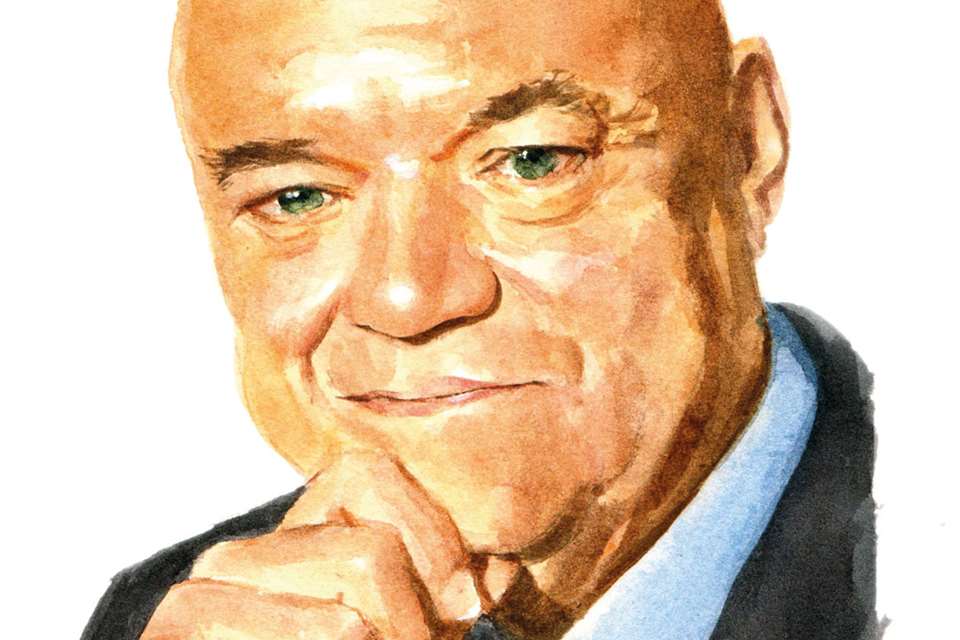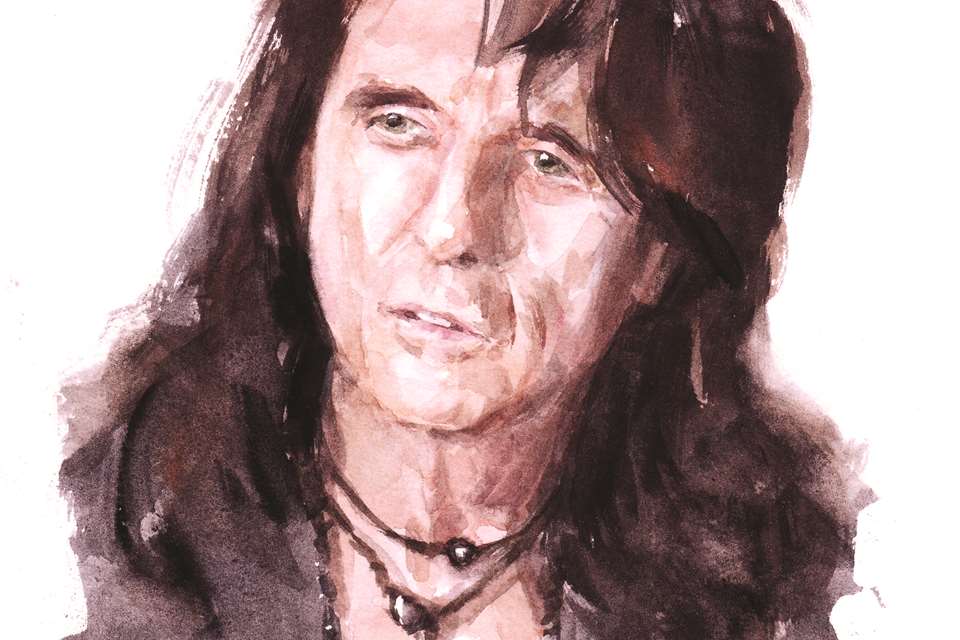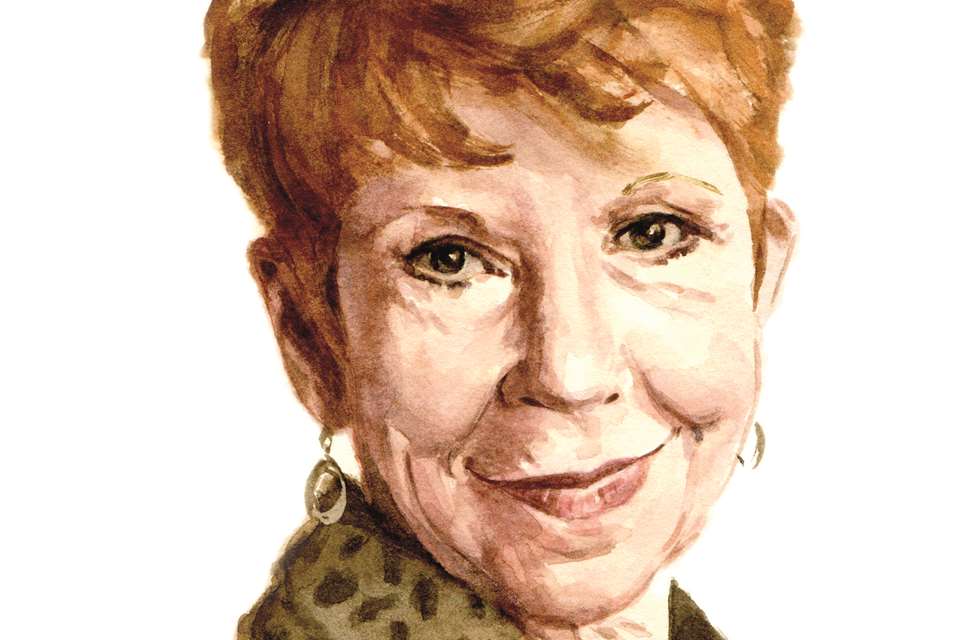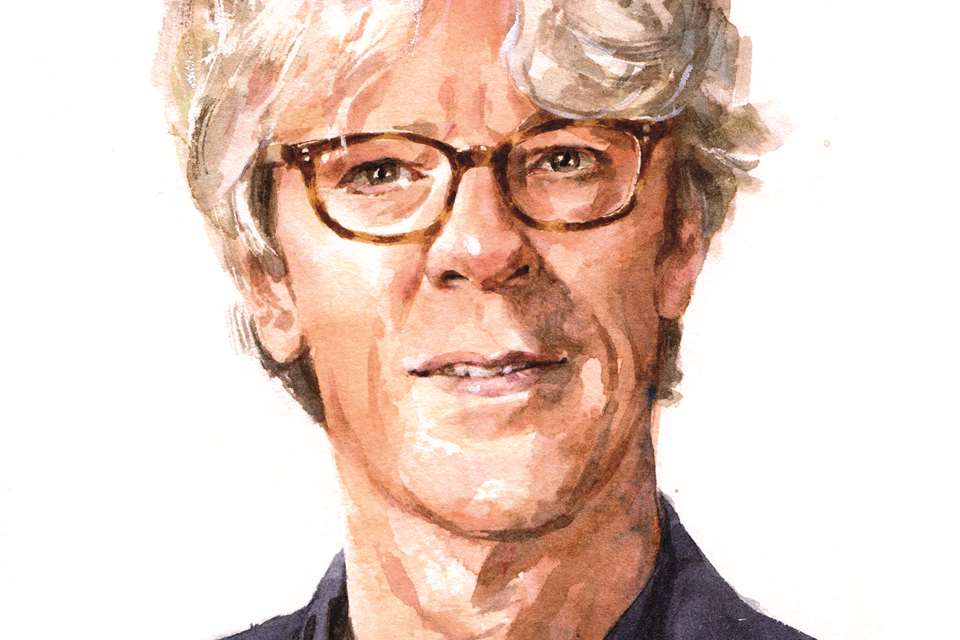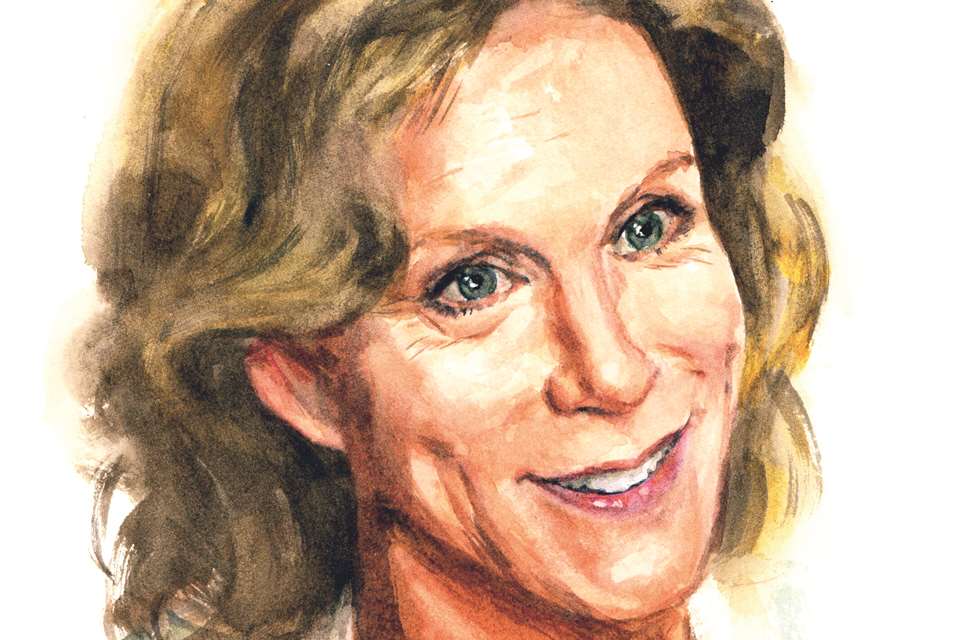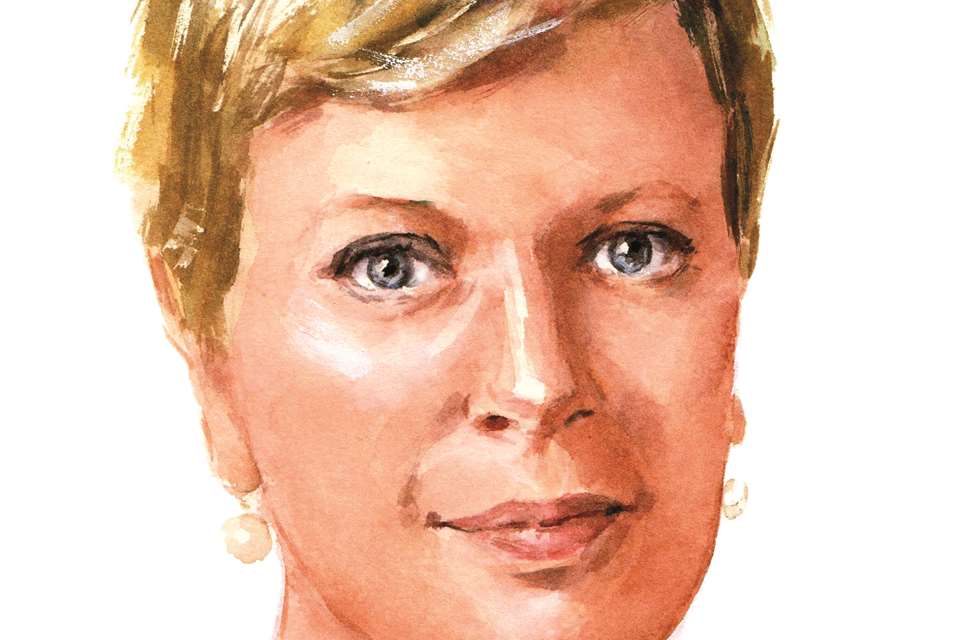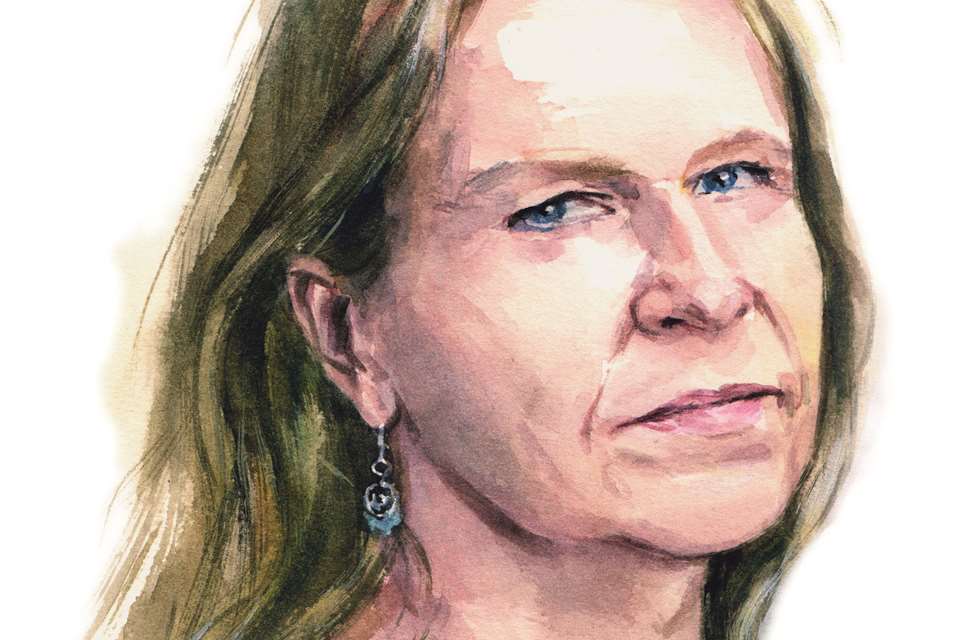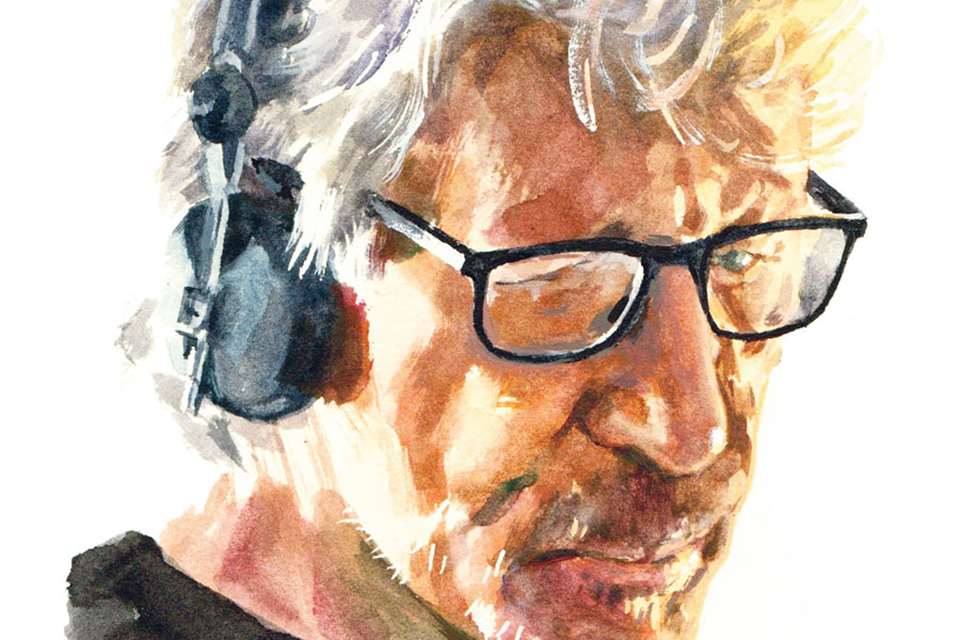John Meyer | My Music: 'Our job is to try and make this artist happy, and if he’s not happy it’s not going to go well, and the audience won’t be happy either'
Monday, August 8, 2022
The founder of Berkeley, CA-based Meyer Sound on his passion for sound technology and giving musicians the perfect audio environment
![John Meyer [Illustration: Philip Bannister]](/media/227124/john-meyer.jpg?&width=780&quality=60)
My first encounter with classical music came with Walt Disney’s Fantasia. I was interested in technology, even then – I was probably six or seven – and I heard so much about the movie and they finally took me. It scared me to death. I mean, that scene with the sorcerer! I can see it in my brain right now. That was the scariest introduction to immersive sound that I ever saw. My uncle was doing sound for Disney and he’d tell me all the inside stuff. It was Disney’s biggest production to date and nearly bankrupted them.
I got very involved with radio at a young age. When I was 11, I pitched an idea to KPFA, Berkeley’s FM radio station, to do a programme where I’d read Scandinavian fairy tales (I’d stay away from Disney and the ones that he’d done). So, I did that every Saturday for a year, until we got bumped off by the news.
I got my FCC [Federal Communications Commission] licence when I was 12, which meant I could turn the transmitter on and off, all that kind of stuff – and you were required to have an FCC license third class at that time to be able to even play records on the radio. Alan Rich was music director at KFPA and thanks to him I got the most amazing exposure to a huge variety of classical music.
In 1969 I started my first company, Glyph, and we installed a quadraphonic speaker system in a club in San Rafael and that brought me into contact with the Grateful Dead. They were very interested in doing their concerts in very high-quality sound, and so we worked with them. And that eventually got us into opera. We worked on Pavarotti’s arena concerts with his engineer, John Pellowe, and we started experimenting with amplification. We were doing a show in Reno, California and Pavarotti says ‘It sounds like I’m in an arena.’ And I said, “We are in an arena. Okay, let me see what I can do. This is showtime tonight!’ I went out to the rental company that was there with the trucks. I said, ‘You didn’t bring a reverberator by some miracle?’ He goes, ‘Actually, I have one in the truck but they haven’t paid for it.’ I said, ‘Do me a favour, just go get the thing and we’ll figure out how to get it paid for later. I want to create an opera sound for him on stage.’ They said, ‘You can’t do that.’ I go, ‘Why not? (I’m thinking there’s some technical reason I’ve overlooked.) ‘Well, that would be like cheating.’ I say, ‘Cheating? We’re in an arena. Our job is to try and make this artist happy, and if he’s not happy it’s not going to go well, and the audience won’t be happy either.’ I’d learned that so far, and so I said, ‘I need some stage monitors and things. I want to create an environment on stage that sounds like an opera house for him because that’s what he’s used to.’ So we did it. And he was very happy.
Later, Meyer Sound developed a system called Constellation. It’s a way of electronically, with computers, making a room sound like you want it to sound. We first did it at the University of California at Berkeley’s Zellerbach Hall which is one of those 1960s halls that no one likes. It’s too reverberant for speech, or rock and roll, and it’s not reverberant enough for anything else. It’s just right in the middle of no man’s land. So, we said we could give the hall the optimum reverb time and the maximum flexibility. We put in about 90 speakers and a powerful computer so we could just calculate what needed to happen. And it attracted a lot of attention and they even got the Vienna Philharmonic to come over and try it out. And they liked it, and they came back.
Since then, among many other projects, we’ve worked with Constellation at the San Francisco Symphony to help achieve MTT’s vision for the new SoundBox venue, we’ve worked in partnership with John Adams’s sound designer, Mark Grey, to help achieve the best possible results for John’s operas all over the world – he was one of the first classical composers to use amplification in virtually all his performance works, and at the Montreux Jazz Festival. And when Leif Ove Andnses experienced Constellation at a theatre in Fosnavag, Norway we then worked on having Constellation installed at the main hall in Rosendal, a beautiful village where Leif Ove hosts an annual chamber-music festival. He’s a big fan of the system.
THE RECORD I COULDN'T LIVE WITHOUT
Beethoven Symphony No 6, ‘Pastoral’
Columbia SO / Bruno Walter (CBS/Sony Classical)
'I listened to this every day as a teenager when I came from school. One nice thing about the Pastoral is that you can see everything so vividly.'
This article originally appeared in the May 2022 issue of Gramophone. Never miss an issue – subscribe today




